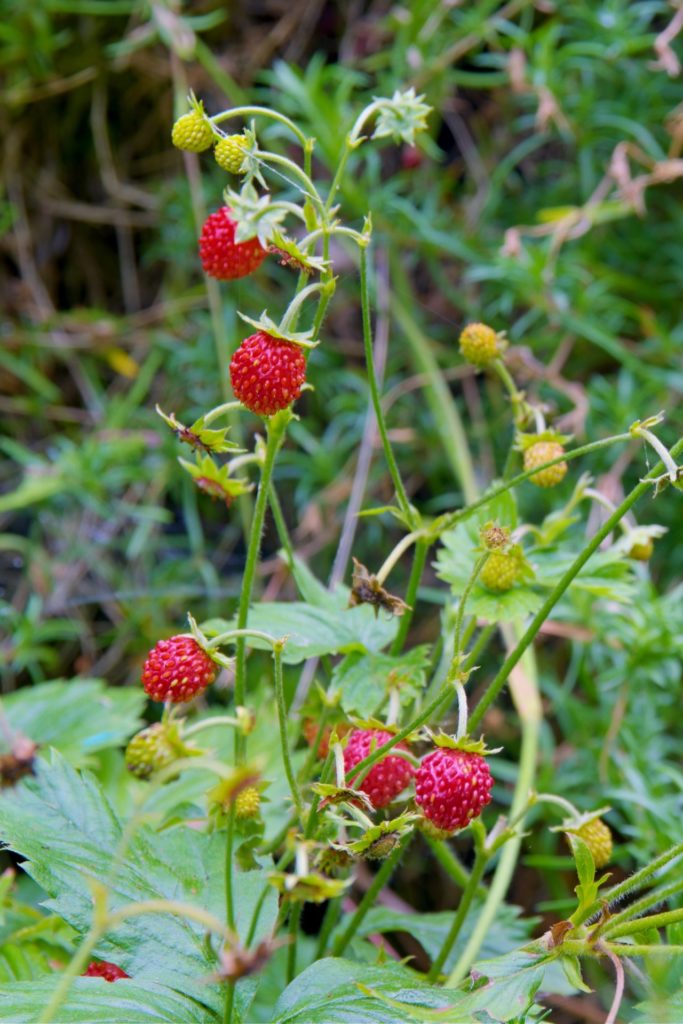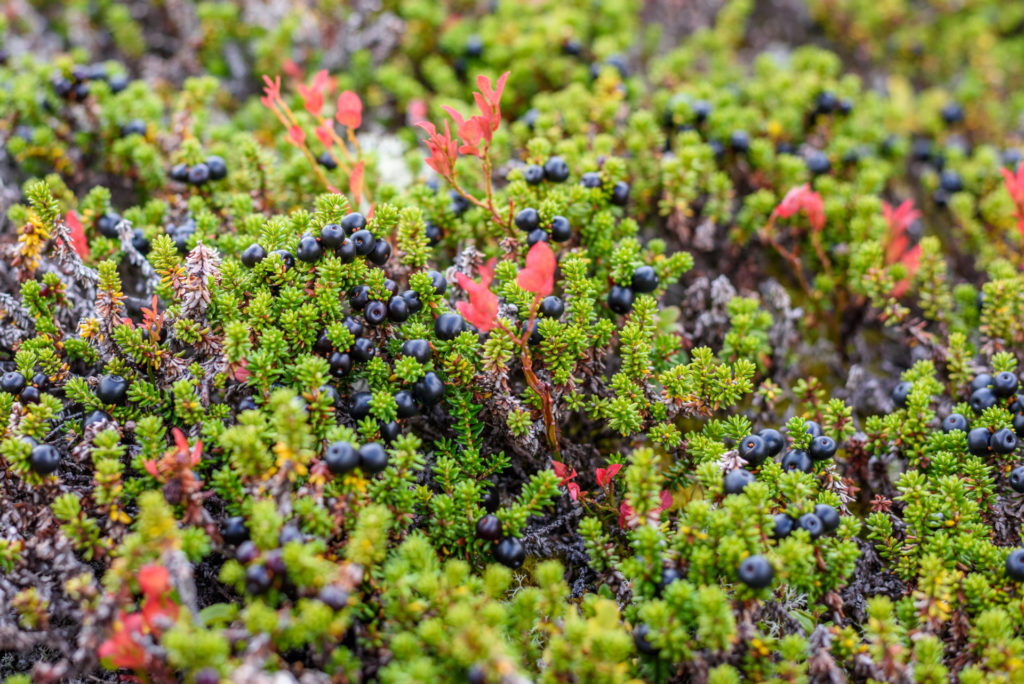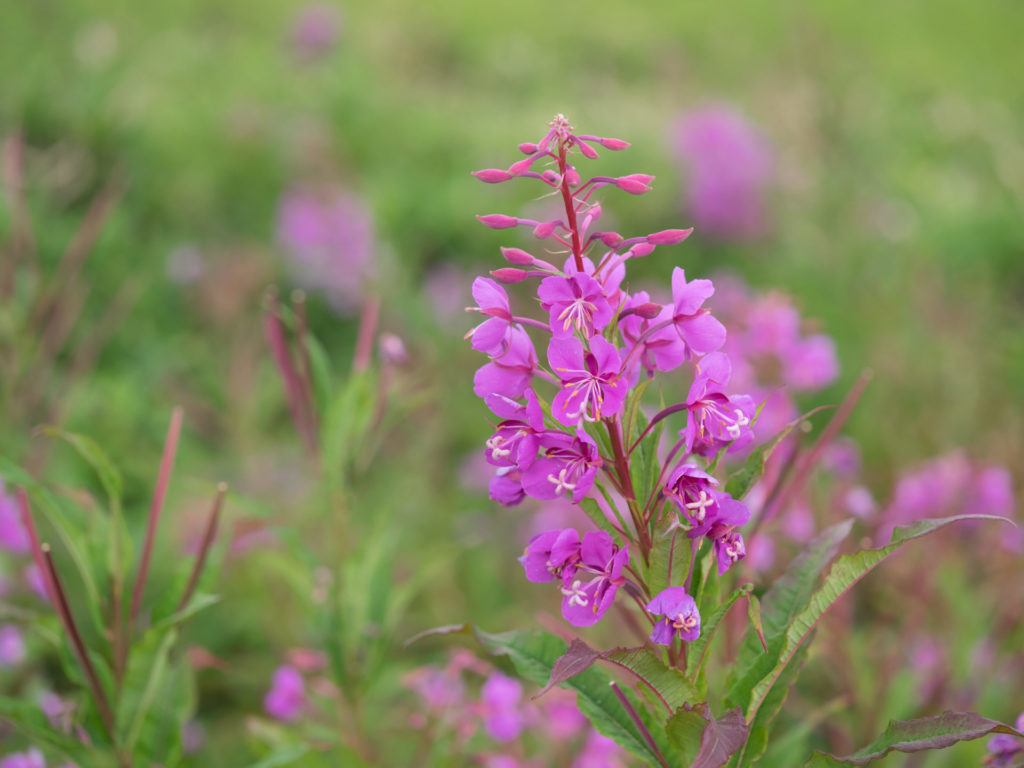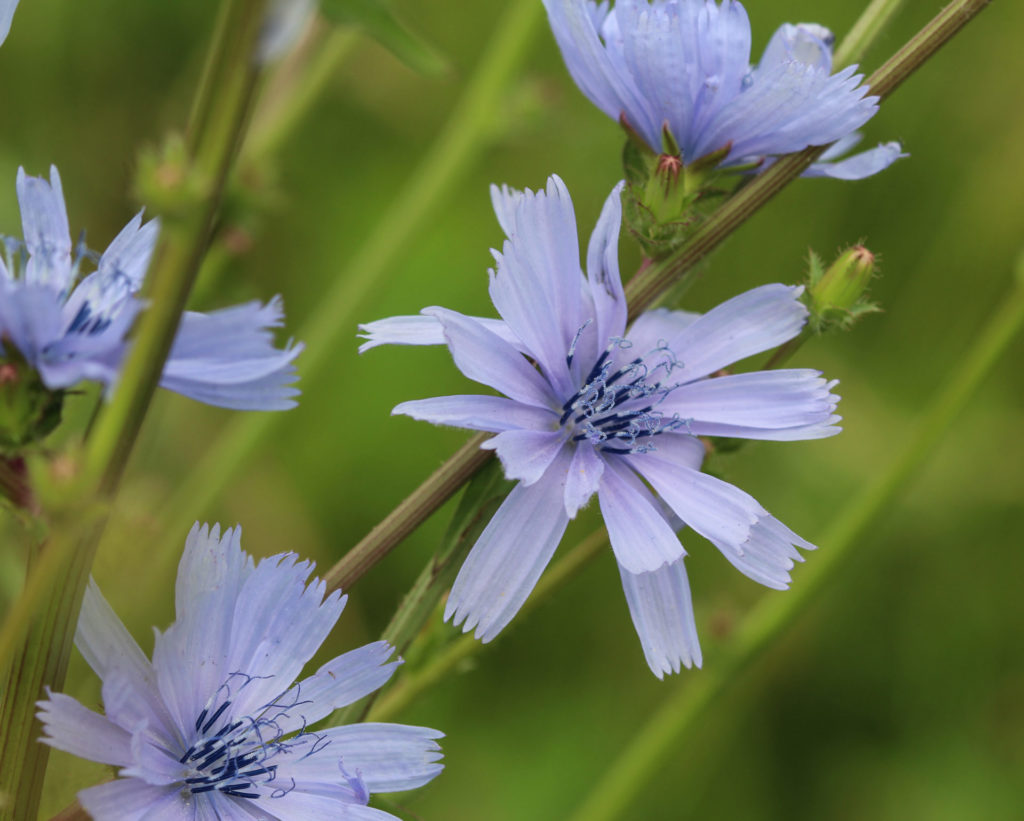The woods are full of food, and not just for the animals we like to eat. As long as plants can grow wherever you find yourself, you are likely to find at least one of these four common edible plants to snack on.
Advertisement
Wild strawberries are absolutely everywhere, from wide open meadows to the thick forest. The tiny berries are packed with flavour if you are lucky enough to find a plant with ripe fruit on it. The berries are in high demand and will be eaten by birds and other critters as soon as they colour up. I passed by hundreds of strawberry plants last season on my wilderness travels and found two ripe berries total. They were worth the wait. If you can’t wait, the toothy leaves and bright white flowers are edible too.

Just like garden strawberries, the berries are best fresh, but they’ve been dried or processed with mouth-watering results for generations as well. Use fresh or dried leaves in teas or to add flavour to cooked dishes. Wilted leaves can contain toxins, so don’t eat them if they look sad. Leaves and flowers can be added to salads.
Advertisement
If you do get lucky enough to find a patch of ripe berries and are willing to forego tasting them, strawberry juice was used to soothe and heal sunburns in the past: just crush, rub gently into your skin and rinse off.
As you move into more alpine environments, you should start keeping an eye out for black-coloured berries rather than red. Crowberries get their name from their soot-coloured fruits. The plants are evergreen low-growing shrubs related to the heathers that dominate similar habitats and they can be found growing on rocks in subarctic, alpine and boreal settings. The fruit ripens in September, although they taste the best after a frost. It’s a good thing it would take a while to collect and scarf down a large amount of these berries though, because eating too many can cause constipation.
Advertisement

This small plant can be very useful for hunters. The berries were once an important snack for thirsty hunters because of their high water content, the twigs can be made into tea, woven into a mattress, and have been used like pipe cleaners to clean gun barrels.
Not all edibles out there are fruits, however. One thing hunters see a lot of while glassing burn areas or tramping over logged mountainsides is fireweed. Many people know that fireweed honey is tasty, but few know that the flowers, leaves and young shoots are edible as well, and can be a delicious addition to a fresh tenderloin meal. The young shoots are like asparagus, the leaves are similar to spinach and both can be eaten raw or cooked like a vegetable. Flower bud clusters can also be cooked like a vegetable and in addition to being edible, the flowers were sometimes used to waterproof rawhide in the past.

Old plants are pretty tough and fibrous, so some First Nations groups used fireweed to make cord and fishnets. One vivid memory I have from descending through the last clear cut to the truck after a goat hunt was trying to breathe while snorting in the white fireweed fluff we stirred up. In the fall, fireweed fluff is plentiful and dry, making great tinder, and it can also be used for clothing or blankets.
Mountains aren’t the only places to find plentiful edible plants. In the summer, your hometown roadsides probably bloom blue with chicory, although it isn’t recommended to gather those plants because of toxins and herbicides. In urban areas, chicory is considered a weed and treated like one. Belgian endive (also known as witloof) is a variety of the species chicory belongs to and, similarly, the white underground parts are the most palatable. The roots can be eaten raw, roasted or boiled. The flowers are also edible and the young shoots can be cooked like a vegetable. In general, like all wild plants, chicory should be consumed in moderation. Specifically, those with gallstones and related issues should be cautious with chicory, as well as any pregnant outdoorswomen.

You coffee drinkers may know the name chicory from somewhere. That’s because dried and roasted chicory roots can be ground into a caffeine-free substitute for those that can’t live without the taste of coffee.
To make your own chicory coffee, dig up some roots, wash and chop into small pieces. If you have an oven, preheat to 350 degrees Fahrenheit to dry and roast the pieces until they are brown and crispy. If you’re out of range of an oven, use whatever pan you have handy to roast the roots over an open fire. Grind the pieces up and brew like regular coffee (1 tablespoon per eight ounces of boiling water), letting it steep for 10 minutes.
Sweeten your chicory coffee with some fireweed honey and enjoy alongside a crowberry-strawberry dessert, perhaps?